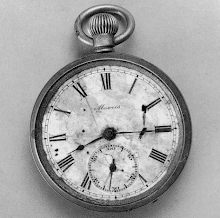There’s a new push to investigate Fort Totten Park in D.C. for the possible link between the 2020 discovery of an empty World War I shell and the decadeslong Spring Valley cleanup of chemical weapons. Last year, D.C. Del. Eleanor Holmes Norton said she was assured no other evidence of weapons or safety concerns had been found. “They assured they have done a very thorough search of the entire area,” Norton told WTOP in March 2022. “That’s all I have to go on, and I’m going to have to hold them to it.” Now, Norton has asked the director of the National Park Service to dig deeper — literally, and figuratively. In a Feb. 7 letter to park service head Charles Sams III, Norton requests the agency to “investigate ordnances and soil and groundwater contamination throughout Fort Totten Park.”
“Only a tiny segment of it has actually been tested so far.” “They spent, I believe, around $300 million [slide #10] and spent about 28 years cleaning up the Spring Valley site,” Ammerman said. “All I’m trying to get is a small amount of the attention that was given to Spring Valley, which is the wealthiest area of D.C.” Neighboring ANC commissioner Gordon-Andrew Fletcher has also called for future investigation ... “Give the same attention to this area, which has had potentially toxic waste sitting in a neighborhood park for 30 years,” said Ammerman. “I am committed to ensuring that residents across the District are safe from ordnance, chemical weapons and soil and groundwater contamination,” Norton said, while requesting a response from the park service by the end of the month.
Neal Augenstein
WTOP News
February 8, 2023
.png)


